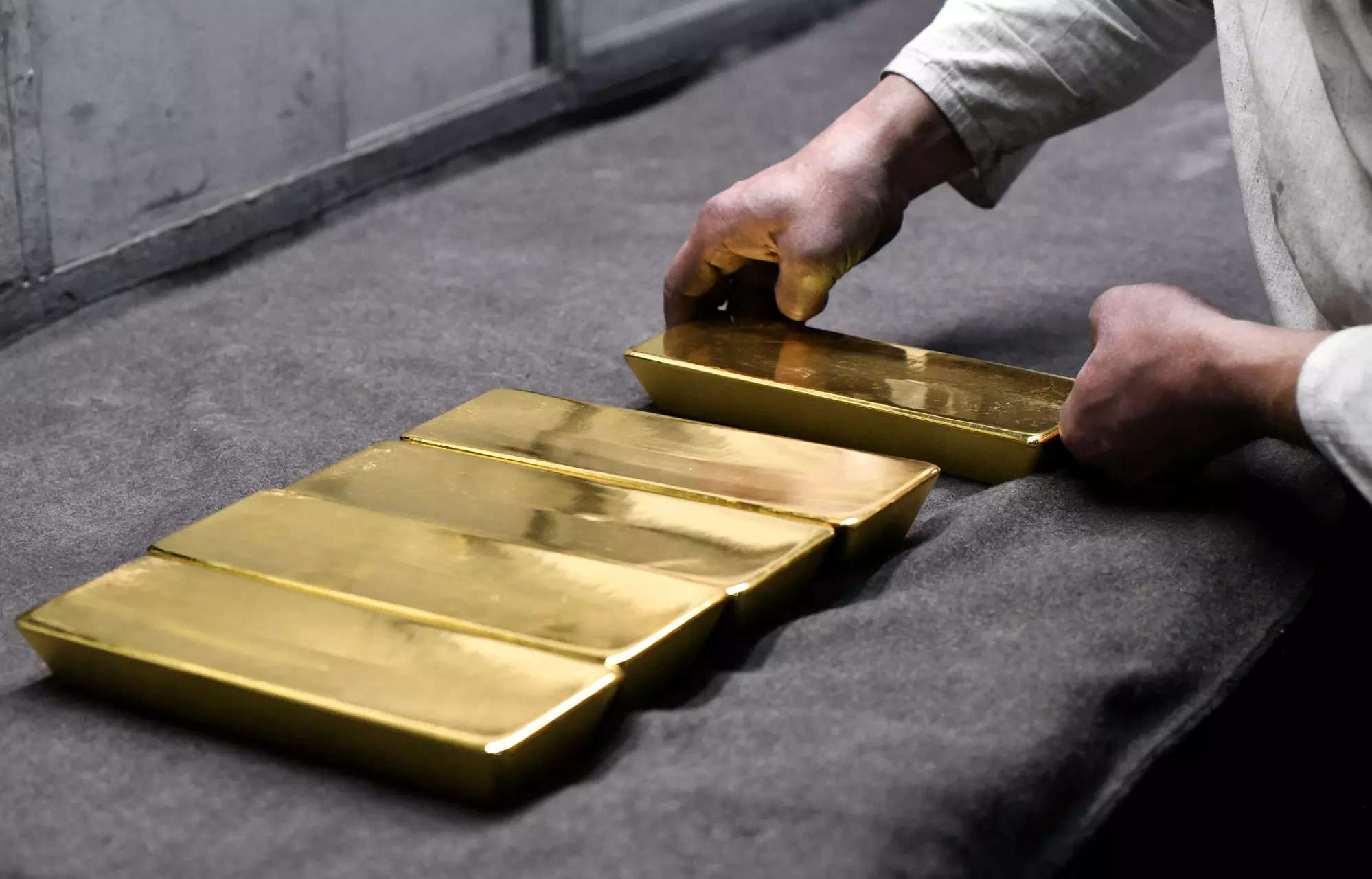[ad_1]
Uncertainty
When investors are uncertain in which direction the financial markets will head, they seek investments which are considered safe haven. For the past couple of years, central banks all over the world have been driving home the point that gold is one such safe haven. Central banks bought 1037 tonnes of gold in CY2023, and 1081 tonnes in CY2022. Banks have been strengthening their balance sheet, as has remained high. Uptick in inflation was caused by excess money supply in covid19 pandemic. This has also led to interest rate hike cycle.
But things are expected to change soon. Inflation is coming down. Though it is still higher than the 4%-mark stipulated for the US by the US Federal Reserve, the commentary by the US Fed Chair suggests that there are at least three cuts in interest rates due this year. Lower interest rates, theoretically, should drive capital out of the US. This should lead to a weak dollar. Also, demand for risky assets including gold should go up. This should increase the prices of gold, if other things remain the same.
Cut in interest rates is a widely expected move to avert a major slowdown in the global economy. Any delay on this front should make traders weary of holding on to other high-risk assets such as stocks which are trading at elevated valuations. This again increases the attractiveness of gold when compared to stocks.
Geo-political developments
The tensions on the geo-political scene are rising which should also support gold prices. Russia-Ukraine and Israel-Mossad standoff can escalate any moment. Add to this the tensions in the Middle East and the Chinese intervention in the South China Sea. It is clear that the stage is set for an added allocation to gold in most portfolios. Almost 50 countries will see elections in 2024 in various parts of the world. Change of rulers can lead to change of policies–internal as well as international–of many large countries. This may impact trade and economic growth calling for some safe-haven investments.
Investing in gold
In the backdrop of these facts, gold prices are surging and attracting investors’ attention. Even though the Indian economy is expected to do well over the medium-to-long-term, there are risks in the form of Lok Sabha elections outcomes, changes in monetary policy and progress of monsoon in the near term. Investors, hence, need to maintain some allocation to gold. Gold can help tide over a volatile phase in the stock markets as gold is generally inversely co-related to equities.Savvy traders prefer to take positions in gold using gold futures. Small investors can transact in units of gold Exchange Traded Funds (ETFs). These offer a cost-effective way of investing in gold with convenience and ample liquidity in the secondary market. There are seventeen gold ETFs which cumulatively manage assets worth Rs 28,529 crore as on February 29, 2024, shows the data from the Association of Mutual Funds in India (AMFI) web site.Gold should trade at elevated levels going forward. But investors should not expect the recent quick moves to continue. Gold prices may see resistance around $2350-2370 range. Smart traders should accumulate gold on dips with an appropriate trailing stop loss.
Will silver play catch up?
The prices of poor man’s gold– silver–usually follow the prices of gold. However, in the past decade silver’s role as an industrial metal expanded. Usage of silver in telecommunications, solar power, healthcare and electric vehicles has gone up. If interest rates are cut and the world economy starts growing again, then the demand for silver should catch up. Aggressive traders may find silver better placed to trade on the long side. However, a point to note here is silver is more volatile than gold and hence investors should trade in the metal carefully.
Investors can slowly accumulate the units of silver ETF in their portfolios. At the maximum, they should allocate 5% of their money to silver and 10% to gold. An important aspect, no trader should forget is: commodities do not generate any income. Changes in their demand and supply dynamics trigger extreme swings in their prices. So, you must always use stop loss to trade in commodities including precious metals.
(The author is the founder & CEO of SAS Online – a deep discount stock broking platform)
(Disclaimer: This is an AI generated article. Recommendations, suggestions, views, and opinions given by experts are their own. These do not represent the views of the Economic Times)
[ad_2]
Source link
